SYSTRA Canada has been at the forefront of supporting procurement rolling stock for freight and passenger operations railways that are operating in extreme weather around the world. This requires a technical understanding of how different environments affect rolling stock, and what suppliers across the world are capable and willing to manufacture.
Our goal is to support railways in the acquisition of rolling stock that can operate in the required extreme environments with the highest possible reliability and at the most competitive pricing, according to the needed procurement timelines.

C H A L L E N G E S
DESERT CLIMATES
Desert railways tend to have the following obvious, and not so obvious environmental and operating factors that present difficulties for rolling stock:
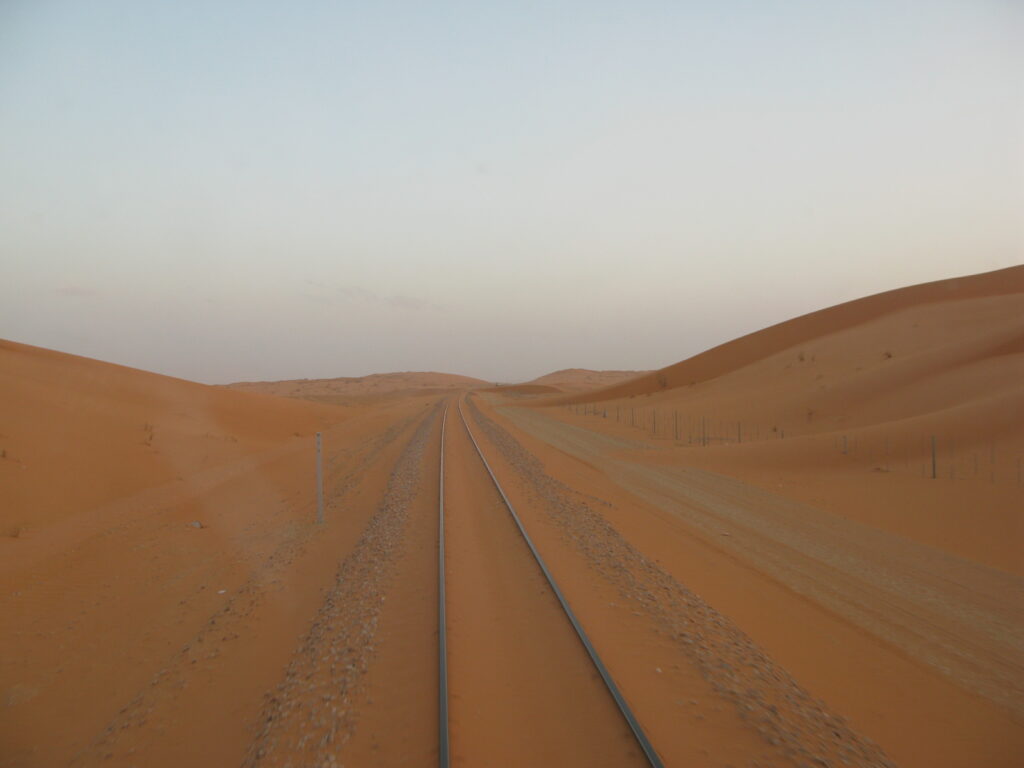
High Heat
An obvious consequence of operating in desert environments is extreme high heat which can cause systems to overheat and engines to de-rate. High heat can also cause a real threat to life if a passenger train suffers a major breakdown during the day in the middle of a desert, with interior temperatures potentially soaring well above 50oC.
Sand & Dust
Sand is probably the first thing that comes to mind when people think of deserts. Sand causes multiple issues, including clogging air intakes used for both cooling and combustion (for diesel engines). Finer sand and dust can infiltrate oil and hydraulic lines. Dust also gets sucked into HVAC systems and eventually makes its way into all interiors, including cabs and passenger areas. Sand can also form dunes that block the right of way for trains; potentially even derailing them. Dust can also create static electricity, which interferes with on-board signalling systems.
Very low humidity
Low humidity and dust causes very high friction between wheel and rail which may cause high wheel tread and flange wear.
Straight Alignment
Perhaps surprisingly, because there are not many obstacles in a desert, railways through deserts tend to be relatively straight. This is great for reducing construction costs but does not force the wheels to move laterally across the rail head, which combined with the high friction described above tends to drastically increase the predominance of hollow wheels.
Sand impregnated Ballast
Makes the ballast less “elastic” causing more vibrations to be directed at the rolling stock, breaking springs, hand rails, and other objects.

Arctic CLIMATES
Rolling Stock on arctic railways are challenged by the following two major issues:

Extreme low temperatures
The extreme and constant low temperatures have the following resulting effects for rolling stock:
- Rubber gaskets shrink, causing air leaks in all systems, but particularly in the air brake system.
- Fluids freeze, particularly in toilet systems.
- Polymers and plastics break, which is of particular concern in air brake valves and trucks.
- Metals become more brittle, leading to broken knuckles and wheel spalding (flat spots) and fractures.
- Decrease in battery performance, of particular concern for battery-powered rolling stock and electronically controlled air brakes.
Snow & Ice
This is not particularly worse than in any other winter environment. Actual precipitation tends to be lower in the arctic, however, due to the more sustained colder temperatures, once snow and ice are formed, they accumulate and do not melt. Snow tends to be finer and blows around, forming denser accumulations.
Snow also clogs air intakes and can actually lead to overheating if cooling systems are clogged. Snow and ice can also block suspension and air brake components. Finally, the accumulation of snow on the right-of-way also must be managed.
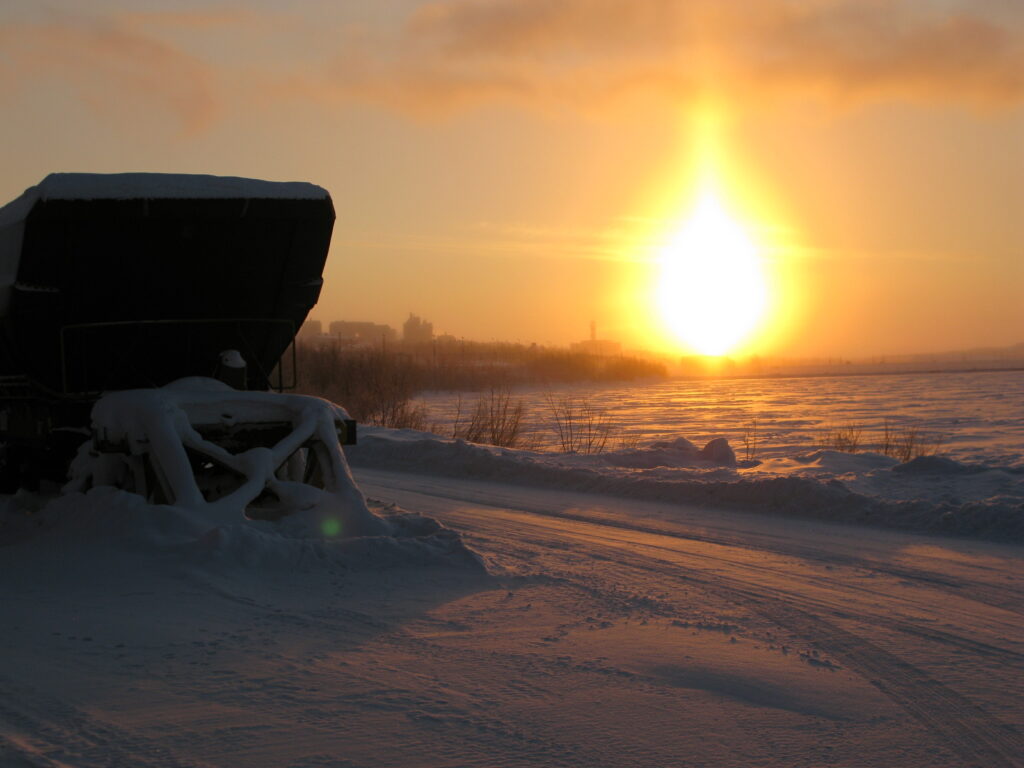
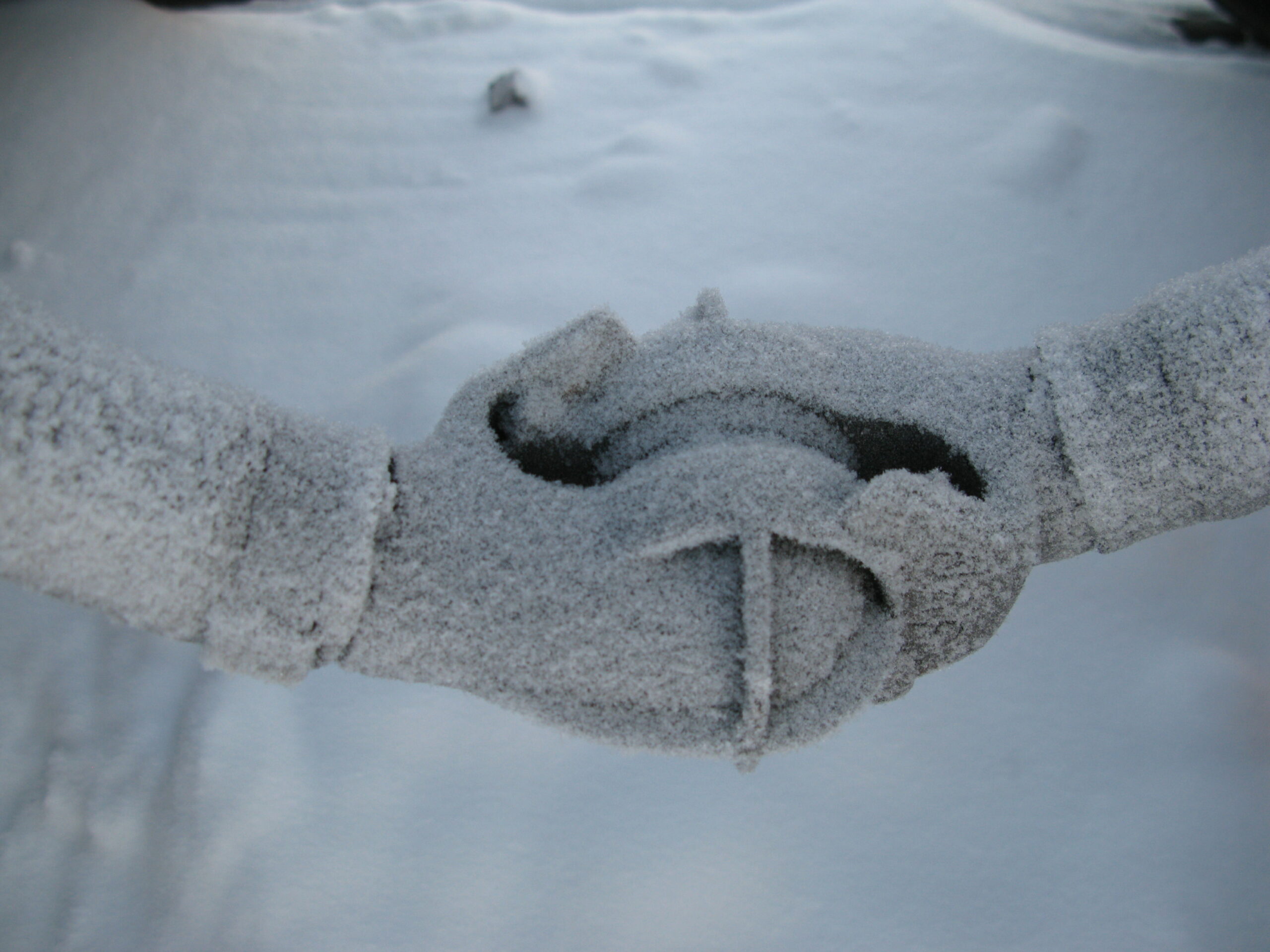
S O L U T I O N S
Desert
Working with clients and suppliers, SYSTRA Canada has driven the procurement of railway vehicles for operation in desert climates with the following solutions:
- Powerful HVAC for passengers and cooling for propulsion systems along with redundant (and even “double redundant”) power supplies to ensure these cooling systems do not fail.
- Pulse filters to filter out the ingestion of sand.
- Extra-wide gaskets on flanged connections to eliminate sand and dust infiltration into fluids. Similarly, gaskets are fitted on doors and windows to reduce the ingress of sand and dust when doors and windows are closed.
- Specially designed “deployable” sand plows activated from the cab, that are designed to remove sand in layers.
- Engineered wheel and rail profiles to improve wheel and rail life, along with using friction modifiers, whether rolling stock or wayside mounted can help offset the issues caused by high friction and straight alignments.
- Robust suspension systems, coupled with bolted-on (as opposed welded) safety appliances (such as handrails) to prevent excess vibration and cracking.
- Operational solutions may also have to be deployed such as “turning of trains” and ballast cleaning to reduce the negative impacts of operating in the desert.
Arctic
Solutions for rolling stock operating in arctic conditions can include:
- Replacing as many polymer-based components as possible, with all-metal parts.
- Reducing air leaks by reducing the number of air connections and using extra wide gaskets.
- Investigating the potential use of cold-weather steels in draft pockets, wheels and other components.
- Using arctic fuels and pre-heating them.
- Reducing snow infiltration by physically blocking off certain air-intake areas.
- Applying heat blankets to batteries and heat-tracing all pipes with fluids. Placement of pipes within vehicles can also be effective in preventing freezing.
- Eliminating low points in air and fluid hoses and pipes to prevent the accumulation of fluids which can freeze.
- Application of robust water separators in air compressors.
- Application of freeze-dump valves to dump water systems, preventing damage from freezing if a vehicle is not running.
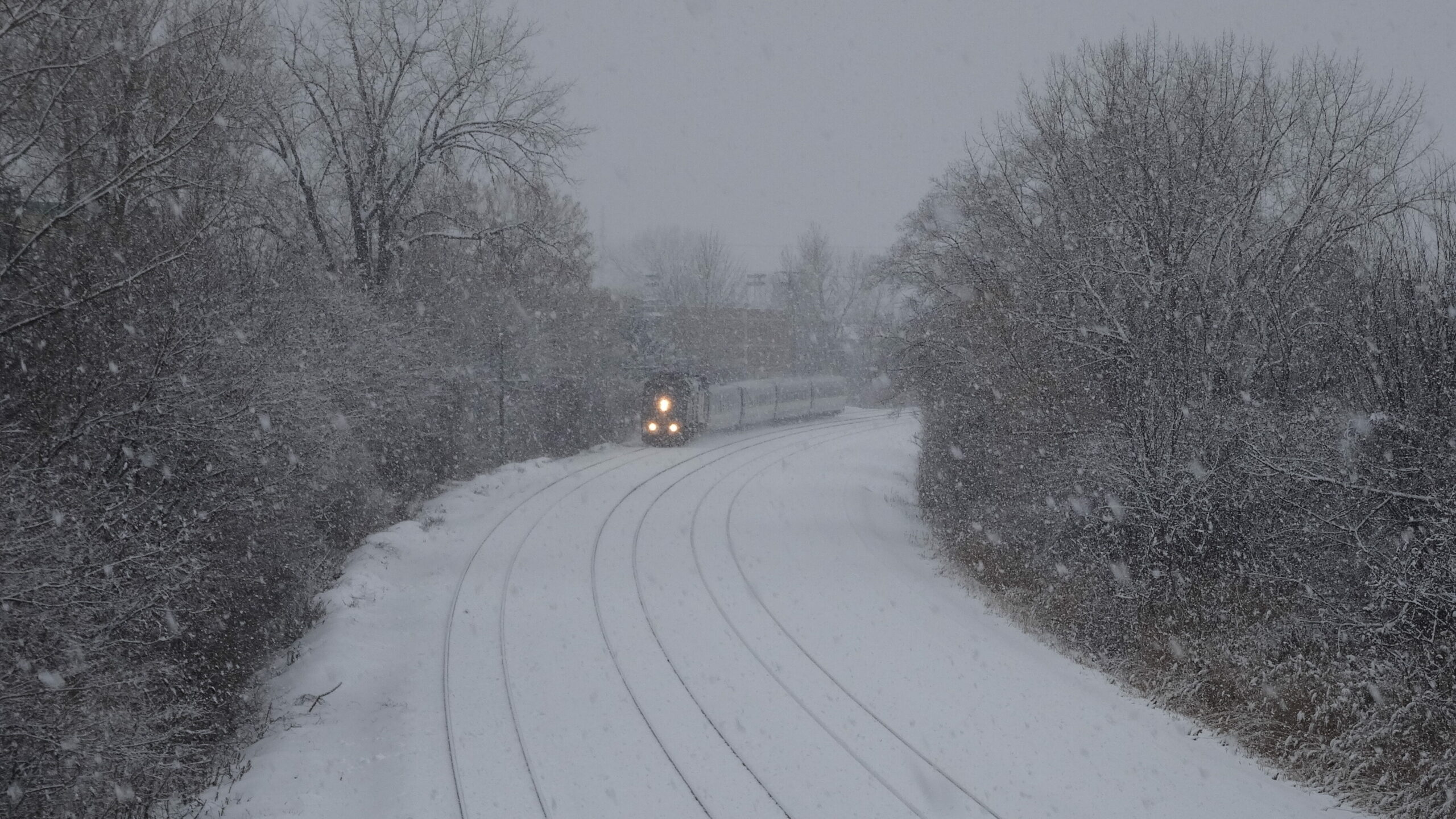
Practical applications
SYSTRA Canada was responsible for the procurement of all rolling stock (including freight locomotives, railcars, and passenger trains capable of 220-km/h operation) and track maintenance equipment for the North-South Railway project in Saudi Arabia. We have also supported rolling stock procurement projects and studies in other parts of Saudi Arabia, as well as the United Arab Emirates, Qatar, Mauritania, and Egypt, giving us a unique insight to rolling stock operations in desert environments.
SYSTRA Canada has also successfully participated in specifying and/or modifying rolling stock for Baffin Island in the Canadian arctic, as well as many railways in Northern Quebec, Ontario, and Labrador. We are also familiar with constraints affecting railways operating above the arctic circle in Sweden, Norway, and Russia.
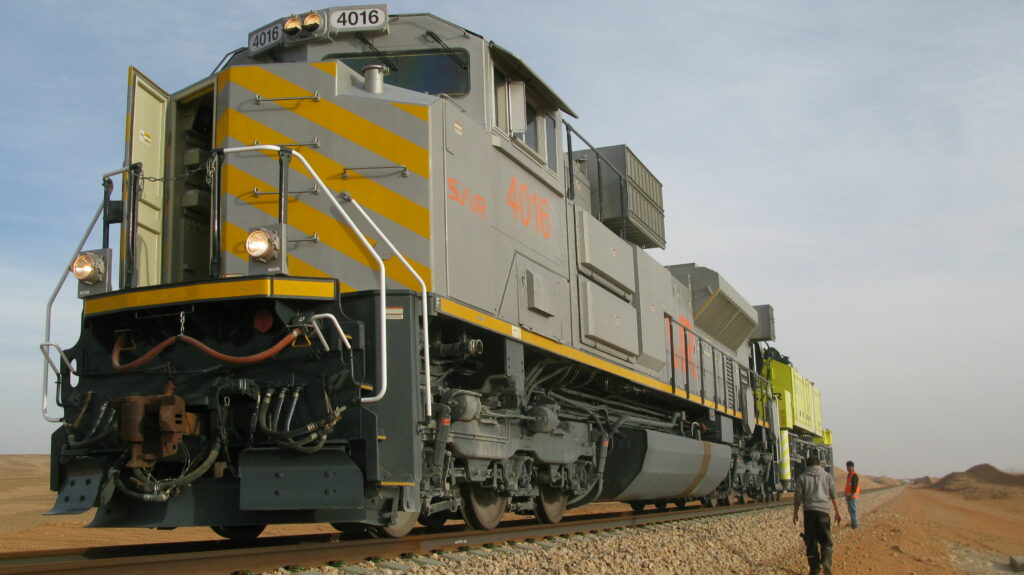
Conclusion
With our expertise, railways operating in extreme environments can procure more robust trains at lower cost that will operate with less downtime. This is not only due to our technical expertise, but our knowledge of the industry and relationships with manufacturers. We remain current with cutting-edge technologies to deal with extreme environments, while being mindful of budget considerations to avoid making the product excessively expensive.
This is particularly valuable for emerging green technologies and their applications. SYSTRA Canada continues to develop our expertise in extreme climates, which are obviously not limited to deserts and the arctic, but to changing climatic conditions in all parts of the world, and for rolling stock as diverse as heavy freight and high-speed passenger trains.
Photos © Tom Hewitt
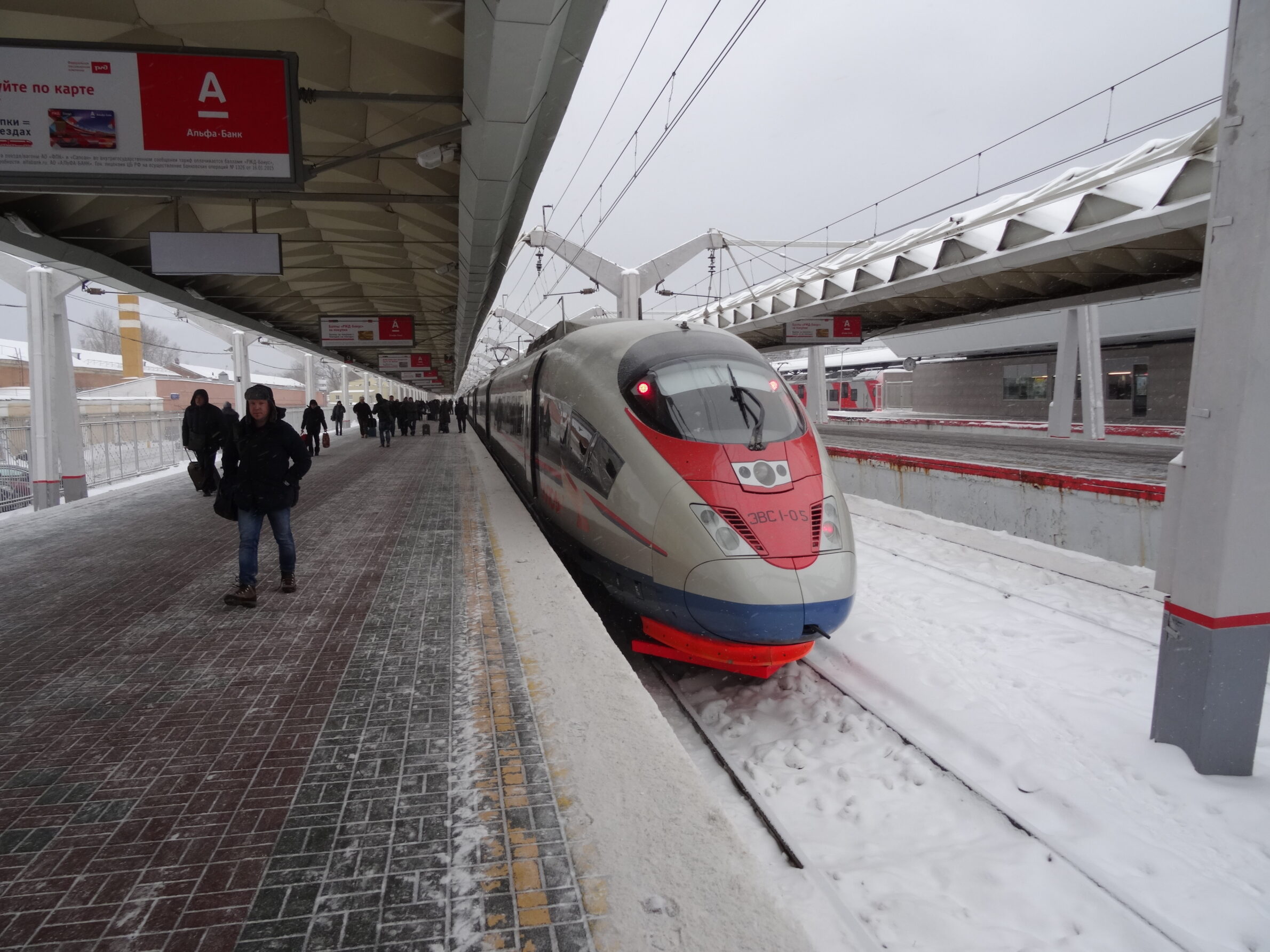
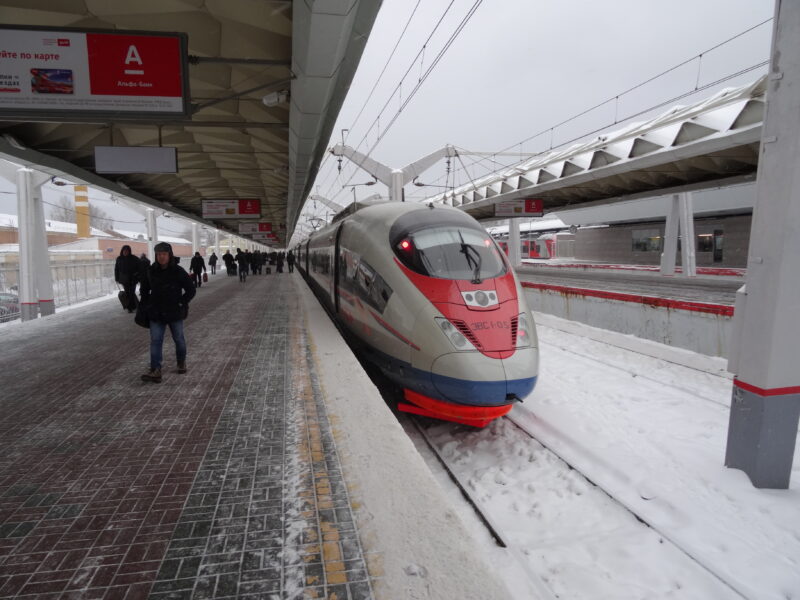
 Australia
Australia  Brazil
Brazil  Chile
Chile  China
China  Columbia
Columbia  Denmark
Denmark  Egypt
Egypt  France
France  India
India  Indonesia
Indonesia  Ireland
Ireland  Italy
Italy  Malaysia
Malaysia  New Zealand
New Zealand  Norway
Norway  Panama
Panama  Peru
Peru  Poland
Poland  Portugal
Portugal  Saudi Arabia
Saudi Arabia  Singapore
Singapore  Spain
Spain  South Korea
South Korea  Sweden
Sweden  Taiwan
Taiwan  Thailand
Thailand  Türkiye
Türkiye  United Kingdom
United Kingdom  United States
United States  Vietnam
Vietnam